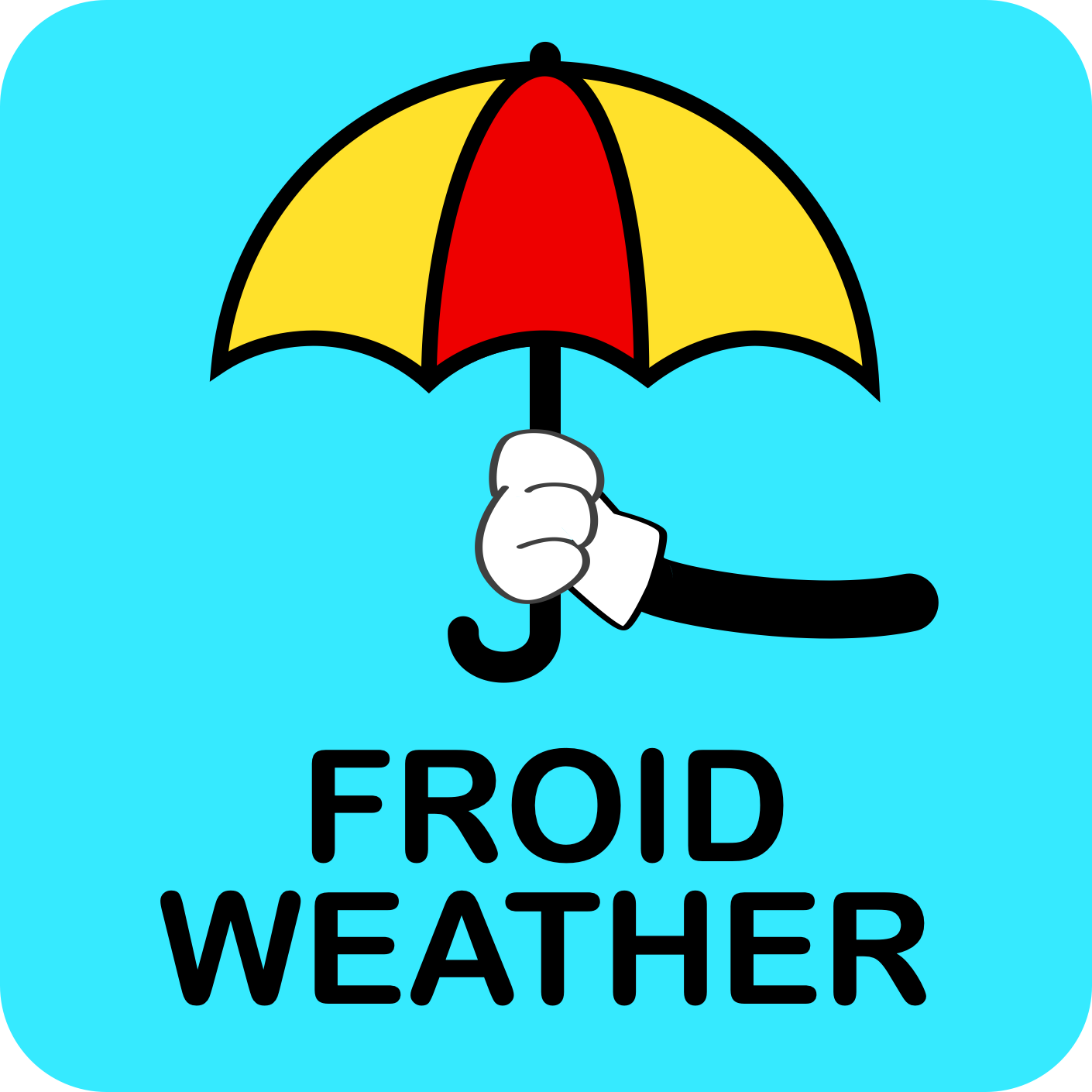What Exactly are Jet Streams?
Jet Streams affect our winds down at the surface
As the jet streams move around the globe they rise and fall in altitude. The wind speeds high up in the mountains can be much stronger than in lower surrounding areas. This is due to the jet streams can be low enough to to be blowing through the mountain ranges. With dramatic changes in air pressure the jet streams altitude can change drastically. When wind speeds are above 50-mph the jet stream may only be a mile above the earth surface.
How many jet streams are there?
There are normally 4 jet streams traveling around the earth at the same time, 2 are in the southern hemisphere and 2 in the northern hemisphere. One of them is at latitude of approximately 60-degrees while the second is around the 30-degree latitude. The jet streams shift north or south with the changing seasons.
Why do the jet streams travel from west to east?
Because the Earth is rotating in that direction and surface tension is pulling the wind along in that general direction. The winds ave a tendency to want to move towards the cold poles of the globe.
How fast is the Earth rotating?
At the equator the earth rotates 1000 miles per hour based on 24,000 mile circumference and one rotation per day. On a perfectly still ( no wind ) day the air is also moving along at the same rate as the earth. At 45 degrees latitude, north or south, the earth is spinning in the 707 mph range ( because the distance at that latitude around the globe is shorter ).
How fast is the jet stream traveling?
The jet stream moves along at over 100 mph and even as high as 275 mph. For comparison, F-4 tornado wind speeds are 207 to 260 mph, F-5 are 261 to 318 mph. At the equator the jet stream is moving more slowly and picks up speed with the increase in latitude because as mentioned before, the distance around the globe is shorter, yet, the wind maintains it momentum and must travel faster to cover the same distance as at the equator. Wind speeds also increase with the increase of difference from low to high temperatures. The largest gradient between temperatures is at latitudes of 30-degrees and 60-degrees (north and south ) and therefore the wind speeds will be higher in these areas. Each of these ever changing factors contribute to the wind speed.
Jet Streams do not flow straight around the planet.
The jet streams stay in the boundaries between hot and cold air zones similar to a river staying within it’s banks. The shape of these air rivers is constantly changing as high pressure (cold) and low pressure (hot) cells are actively forming and collapsing. The jet streams general latitude changes as the seasons change, with winter having the strongest winds. The jet streams follow the sun’s latitude changes, ie as the sun moves south after the Summer Equinox, the jet streams will also. As earth enters summer the jet stream is moved farther towards the pole. In winter the jet stream moves closer to the equator.
In summary:
Jet streams are a constant phenomena whether we see them or not. They are constantly racing around the earth trying to find equilibrium between high and low pressure while the earth’s rotation is pulling them along from the west to the east. If the jet stream elevation is low enough we can have very strong winds, even up 100 mph. Jet streams top speed is around 275 mph, that’s in F-5 tornado wind speeds.

